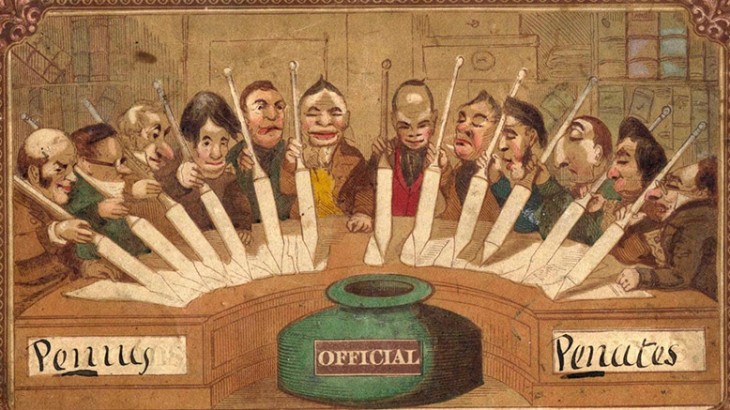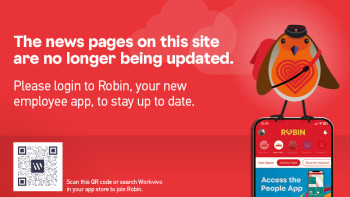As old as fish and chips

Many believe print to be a dying medium amidst an era of digital growth, however hundreds of print users took to Twitter on 1 October to celebrate the 150th anniversary of the postcard, showing the global impact this print medium has had over the years.
It is believed that the picture postcard dates back to the 17th and 18th centuries, with the popularisation of printing presses and the start of visiting cards, bill heads and writing paper being decorated with illustrations.
The first official postcard was conceived when Viennese Professor of Economics, Dr Emanuel Herrman, raised concerns over the time and effort involved in writing short letters and suggested a more practical alternative for briefer communications was needed.
The Austrian Post put this to practice on 1 October 1869 in the form of the Correspondenz-Karte – a light brown, 8.5cm x 12cm rectangle with space for an address on the front and a short message on the back. Ten years later and Germany began to take over the chromolithography industry and began printing a large number of postcards with illustrated images on the front. It was when Kodak launched the No. 3A folding pocket camera, capable of printing negatives the size of a postcard, that photographs began to be incorporated into their designs.
Although imageless postcards were available before this date, Royal Mail gave publishers permission to sell picture postcards in the UK in 1894. The earliest known picture postcard sent in the UK was a hand-painted design on card, posted in Fulham in London by the writer and practical joker, Theodore Hook to himself in 1840, and bearing a penny black stamp. It was sold at auction in 2002 for £31,750.
Head of campaigns, Mark Street, described the print medium as being ‘a tradition as British as fish and chips’ ever since Royal Mail gave them their seal of approval. Reflecting on the impact postcards have had over the years, Mark said: ‘Despite millions being sent on a yearly basis, our research sees the postcard voted the most likely item or pastime to see a revival in popularity in years to come, alongside the likes of fountain pens, calligraphy and love letters.
‘Six in 10 people would like to see more postcards being sent and received, and seven in 10 Brits would prefer to receive a postcard from a holidaying friend or family member over a social media message. When asked why this is the case, respondents overwhelmingly said that it makes them feel special and cited their sentimental appeal.’
Neil Lovell, chief executive of The Printing Charity, reflecting on how the personal nature of the postcard means it still has a place in print in a digital world, said: ‘A postcard might seem outdated in today’s always-on digital culture, but who doesn’t love to receive a printed message sent from the heart?
‘A postcard is tangible and shows the sender is thinking about you. It is a lasting memento that someone has taken the time to choose a postcard, write a message, buy a stamp, and post.’
Click here to view our online gallery showing how postcards have changed over the years.



